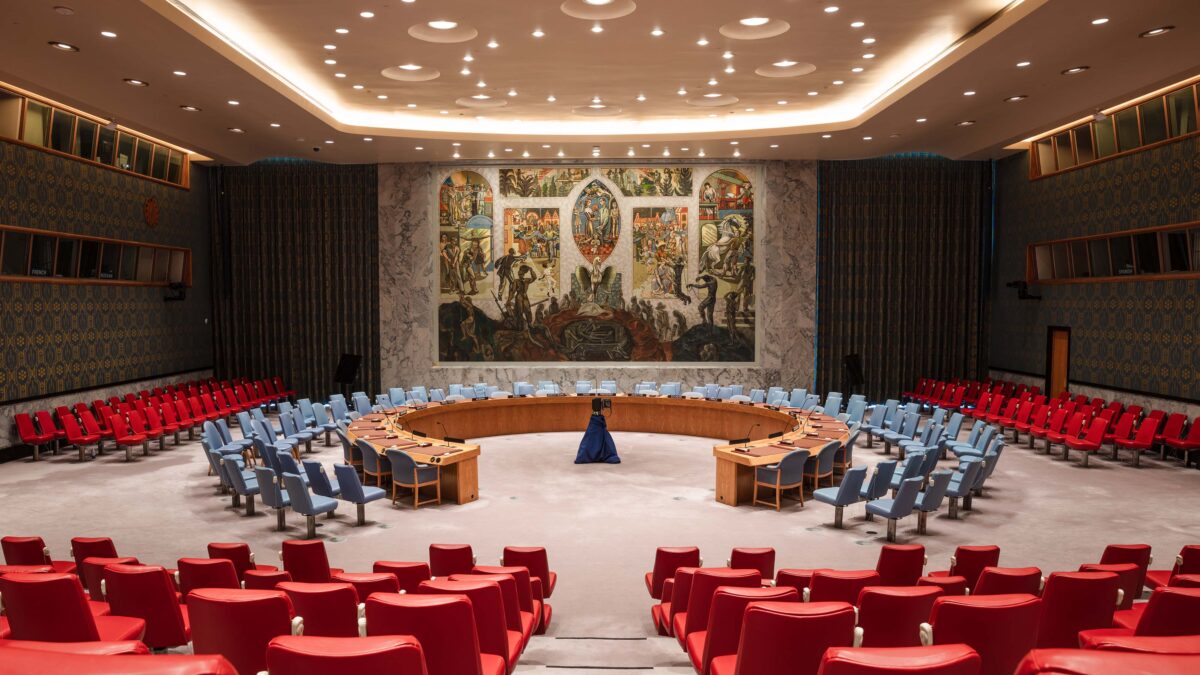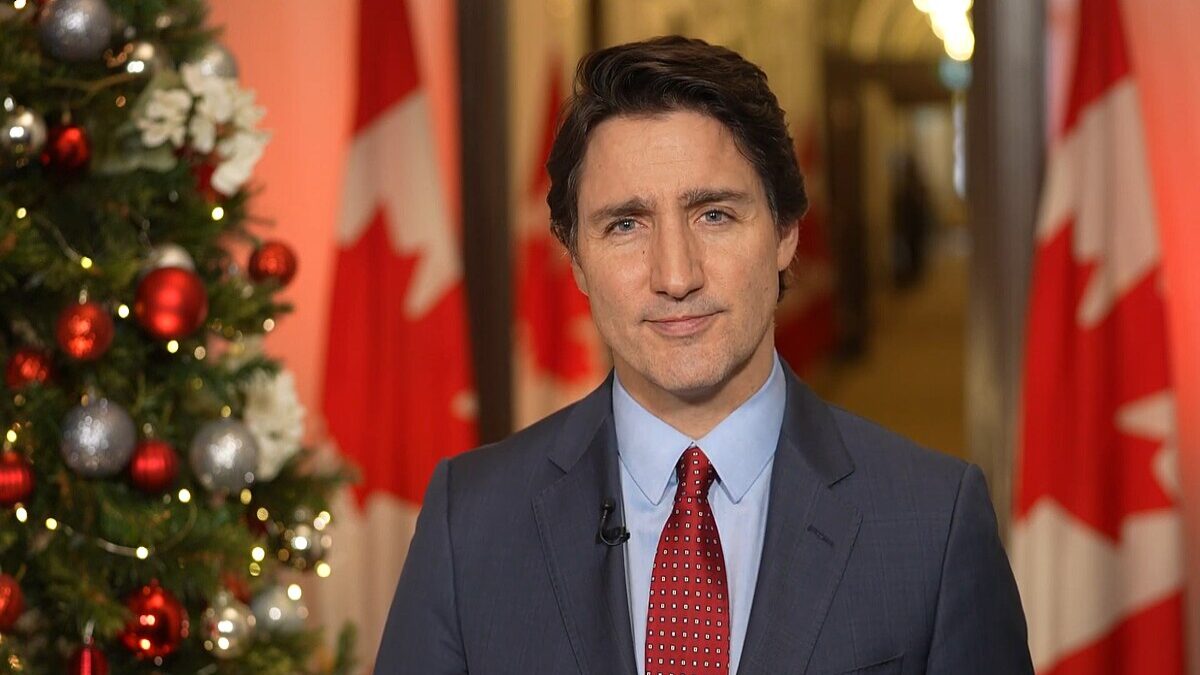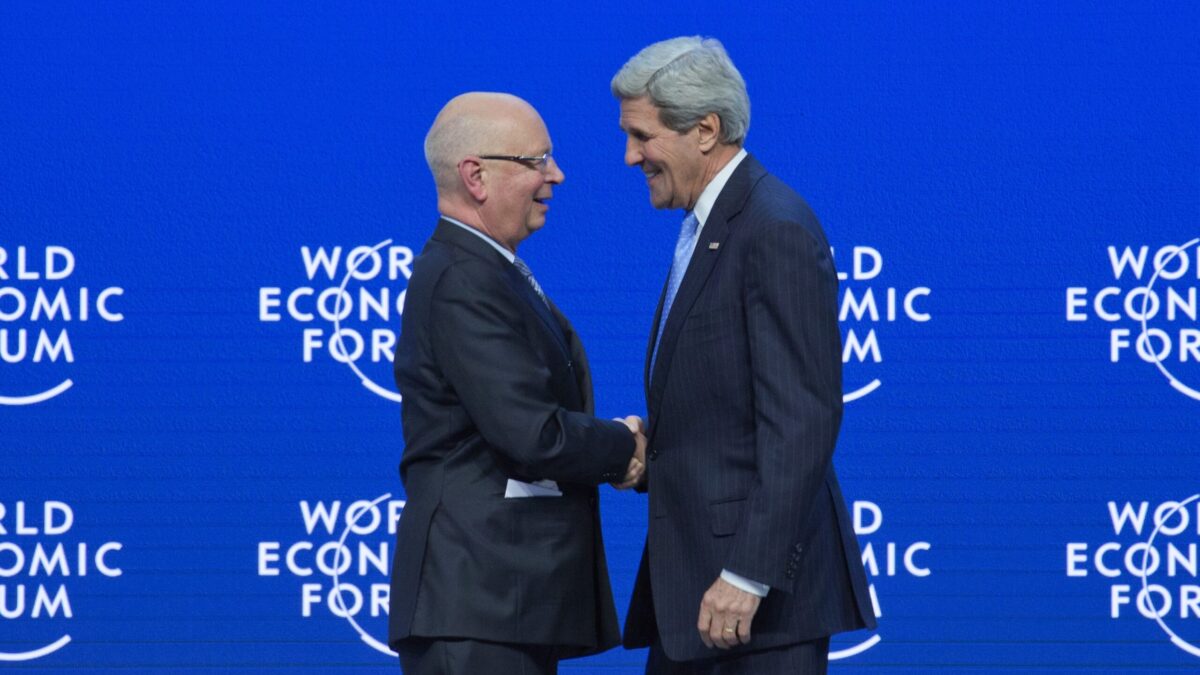
The New York Times recently ran a story that trended on social media, “Norway is the Happiest Country in the World, Survey Finds.” Topping the list this year are the Scandinavian countries, Norway, Denmark, Iceland, and Finland. Rounding out the top five is Switzerland.
One might be tempted to wonder if this means that grand Nordic/European welfare state produces happiness. Prominent leftists certainly have. During the presidential campaign, Sen. Bernie Sanders waxed poetic about Denmark, calling it a socialist paradise. The prime minister of Denmark promptly corrected Sanders, insisting Denmark is not, in fact, a socialist nation. That hasn’t stopped Sanders or many other European socialism-touters, though.
Normally, a survey that purports to measure something as ephemeral as “happiness” wouldn’t merit a closer look from me except I remembered reading about recent surveys that had indicated Paraguay was, in fact, the happiest country in the world. In a former life I was a Peace Corps volunteer who served in Paraguay, and the survey results rang true to me. Despite poverty and rampant government corruption, the people in Paraguay are remarkably happy.
I admit a little bias here. After all, I love the poor little landlocked nation in South America. I write about it all the time, most recently for this month’s Christianity Today, where I recounted how I went there to teach beekeeping and, in return, Paraguay’s subsistence farmers saved my soul.
Paraguayans love to laugh, and have a whole un-translatable set of words in their native language, Guaraní, that describes a joyful bucolic life. How had Norway, a country about as different from Paraguay as I could imagine, usurped the title as happiest country?
A Tale of Two Surveys
The short answer is that it didn’t. It turns out there are two surveys, both conducted by Gallup. The one I remembered, the Global Emotions Report, measures the positive experiences people have daily. The happiest countries on this list are all from Latin America. None of these are the ones we associate with material wealth like Chile and Argentina, but countries like Paraguay, Colombia, and Ecuador.
The survey The New York Times highlighted, on the other hand, measures happiness based on what economist Jeffrey Sachs and his colleagues affiliated with the United Nations think makes for a happy life. Sachs, the renowned author (and chief apologist) of the UN’s Millennium Development goals, calls this survey the World Happiness Report.
This is the same Sachs who is rumored to have provided much of the intellectual foundation for Pope Francis’ environmental encyclical “Laudato Si,” outraging pro-lifers who knew Sachs’ reputation as a population-control fanatic who promotes abortion and sterilization in poorer countries in the name of “women’s health.” If you thought world population alarmism had been discredited back in the twentieth century, Sachs is here to prove you wrong. And with this survey, now he is going to tell us how to find happiness.
Money Makes the Smiles Go Round?
From the survey’s introduction:
The first World Happiness Report was published in April, 2012, in support of the UN High Level Meeting on happiness and well-being. Since then the world has come a long way. Increasingly, happiness is considered to be the proper measure of social progress and the goal of public policy.
In June 2016 the OECD committed itself ‘to redefine the growth narrative to put people’s well-being at the center of governments’ efforts’. In February 2017, the United Arab Emirates held a full-day World Happiness meeting, as part of the World Government Summit. Now on World Happiness Day, March 20th, we launch the World Happiness Report 2017, once again back at the United Nations, again published by the Sustainable Development Solutions Network…
So a committee of jet-setting elitists decided to tell the rest of the world what happiness looks like. In short, the survey’s authors undertook an ambitious project: to align the UN’s international development work with actual data about happiness in the countries where they work.
Of course, in only a way that government bureaucracies seem able to do, instead of aligning their work with actual happiness data, they redefined happiness to justify the work they’re already doing. With a closer look at the survey, this becomes clear.
Sachs and his colleagues’ report asks respondents to answer one question, called the Canril’s ladder question: “Please imagine a ladder, with steps numbered from 0 at the bottom to 10 at the top. The top of the ladder represents the best possible life for you and the bottom of the ladder represents the worst possible life for you. On which step of the ladder would you say you personally feel you stand at this time?”
They don’t mention happiness in the question. They don’t even ask about satisfaction. They ask about the “best possible life.” If you want a detailed explanation why they settled on this question, refer to this 40-page document that serves as an apology for this strategy. But I’ll make it easy for you, since most don’t have the time or patience to sift through a long paper written by ivory tower social scientists who are ideologically committed to the international aid establishment.
Define Happiness as Money. Now, How Happy Are You?
They ask this question because the responses it elicits most closely align with what UN bureaucrats have decided makes for a happy life: gross domestic product per capita, life expectancy, and perception of corruption in business. (The paper says, it is worth noting, “data for government corruption are missing, the perception of business corruption is used as the overall corruption-perception measure.”)
Unsurprisingly they have found their survey’s “well-being inequality” correlates nicely with “income inequality,” making the survey useful for certain elements on the Left (i.e., the Occupy movement), who have had a hard time inspiring people to join their quest to condemn banks and the wealthy.
After a little study, it becomes clear why there is such a disparity between the World Happiness Report and Global Emotions Report. Sachs’ survey was formulated to reaffirm the work the world aid establishment was already doing.
In the critically acclaimed documentary “Poverty, Inc.,” people from developing nations around the world criticize the arrogance of the international aid establishment for promoting misguided policies that hurt the poor and foster dependence. This survey is just the most recent such sanctimony from this group of UN elitists.
I wish Sachs and his colleagues could spend a few years beekeeping in Paraguay like I did. If they did, they might learn from the subsistence farmers there that true happiness is a transcendent quality of man. Joy points us to a Source beyond our material world.
Or maybe we just need to update the old adage, “Money can’t buy you happiness,” with the following caveat: “Unless a hundred-billion- dollar worldwide network of foreign aid bureaucrats enlists a team of Ivy League social scientists to prove that it does.”









